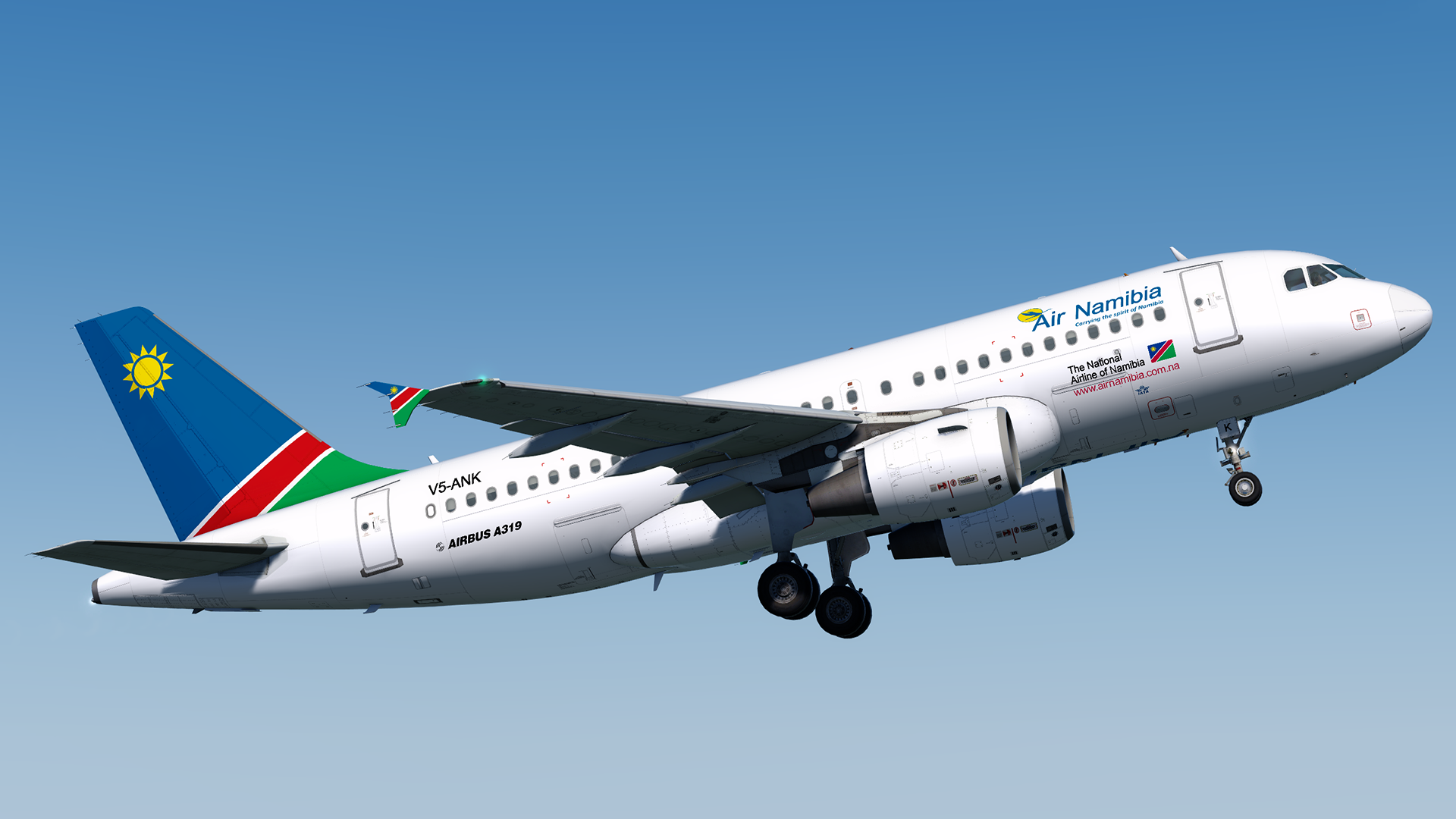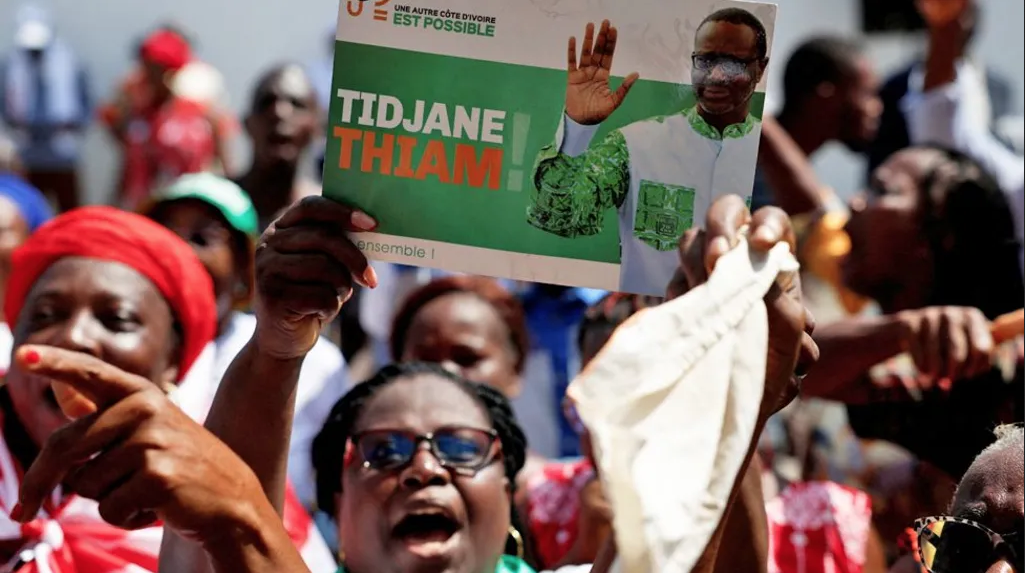THREE sewerage pump stations being built on the beach between SwakopÂmund and Walvis Bay are raising more than a stench.
Environmentalists, the Walvis Bay Municipality and developers are at odds over where they have been built. Environmental authorities, including certain NGOs, as well as the Ministries of Environment and Tourism and Fisheries and Marine Resources, say the pump stations are inside the buffer distance of 100 metres from the high-water mark.In fact, one of the pump stations, which has already been completed, is within 50 metres of the high-water mark.According to sources in the Ministry of Fisheries and Marine Resources, a letter of objection from the Ministry’s Permanent Secretary was sent to the Walvis Bay Municipality last week.Apart from the question of why infrastructure is being built inside the buffer zone, there are also major concerns over the consequences of such pump stations for people buying property in the new developments between Long Beach and Bird Island, as well the negative impact on the offshore environment.Some of the concerns include possible seepage of sewerage into the sea, which could pose a health risk to residents and jeopardise fish farming planned for this area.Sources told The Namibian that there were no objections to the plans at a stakeholders’ meeting in July, because it was suggested at that time that the stations would be built on the landward side of the road between Swakopmund and Walvis Bay.Andre Burger of the Walvis Bay Municipality’s Water, Waste and Environmental Management Department told The Namibian that there seems to be a misunderstanding regarding the buffer zones.He specifically referred to an official “environmental clearance guideline” that was sent out in April 2005.He said it specifically stated that there may be no development, such as residential, within 100 metres of the high-water mark.He said another 50 metres was given for the erection or installation of services infrastructure – such as sewerage pump stations.”These residential areas need proper sewerage systems, like any residential area.Obviously it has to be at the lowest point for catchment,” he said, adding that the area has a sharp decline towards the ocean.Burger said the sumps for catchment of raw materials are concrete capsules which are secure and would hardly be in danger of breaking and seeping sewerage.From these sumps, sewage will be pumped to treatment plants on the landward side of the road.Some people feel that there should have been an Environmental Impact Assessment before any construction started, and that the building should be stopped until the whole sewage system can be reviewed.The Namibian contacted the Director of Environmental Affairs, Theofilus Nghitila, to ask if his department had given permission for the construction of the pump stations.He could not confirm whether his department was aware of the sewerage plans, but said consultative meetings were needed before such plans could be approved.According to environmentalists, Enviro-Solutions at Swakopmund, which was asked to do an Environmental Impact Assessment on the project, advised the Municipality to explore alternative locations for the pump stations.But Burger said there had been no objections from Enviro-Solutions.The Namibian tried to contact Allen Jennike of Enviro-Solutions for comment, but he was out of town until this week.Environmental authorities, including certain NGOs, as well as the Ministries of Environment and Tourism and Fisheries and Marine Resources, say the pump stations are inside the buffer distance of 100 metres from the high-water mark.In fact, one of the pump stations, which has already been completed, is within 50 metres of the high-water mark.According to sources in the Ministry of Fisheries and Marine Resources, a letter of objection from the Ministry’s Permanent Secretary was sent to the Walvis Bay Municipality last week.Apart from the question of why infrastructure is being built inside the buffer zone, there are also major concerns over the consequences of such pump stations for people buying property in the new developments between Long Beach and Bird Island, as well the negative impact on the offshore environment.Some of the concerns include possible seepage of sewerage into the sea, which could pose a health risk to residents and jeopardise fish farming planned for this area.Sources told The Namibian that there were no objections to the plans at a stakeholders’ meeting in July, because it was suggested at that time that the stations would be built on the landward side of the road between Swakopmund and Walvis Bay.Andre Burger of the Walvis Bay Municipality’s Water, Waste and Environmental Management Department told The Namibian that there seems to be a misunderstanding regarding the buffer zones.He specifically referred to an official “environmental clearance guideline” that was sent out in April 2005.He said it specifically stated that there may be no development, such as residential, within 100 metres of the high-water mark.He said another 50 metres was given for the erection or installation of services infrastructure – such as sewerage pump stations.”These residential areas need proper sewerage systems, like any residential area.Obviously it has to be at the lowest point for catchment,” he said, adding that the area has a sharp decline towards the ocean.Burger said the sumps for catchment of raw materials are concrete capsules which are secure and would hardly be in danger of breaking and seeping sewerage.From these sumps, sewage will be pumped to treatment plants on the landward side of the road.Some people feel that there should have been an Environmental Impact Assessment before any construction started, and that the building should be stopped until the whole sewage system can be reviewed.The Namibian contacted the Director of Environmental Affairs, Theofilus Nghitila, to ask if his department had given permission for the construction of the pump stations.He could not confirm whether his department was aware of the sewerage plans, but said consultative meetings were needed before such plans could be approved.According to environmentalists, Enviro-Solutions at Swakopmund, which was asked to do an Environmental Impact Assessment on the project, advised the Municipality to explore alternative locations for the pump stations.But Burger said there had been no objections from Enviro-Solutions.The Namibian tried to contact Allen Jennike of Enviro-Solutions for comment, but he was out of town until this week.
Stay informed with The Namibian – your source for credible journalism. Get in-depth reporting and opinions for
only N$85 a month. Invest in journalism, invest in democracy –
Subscribe Now!










